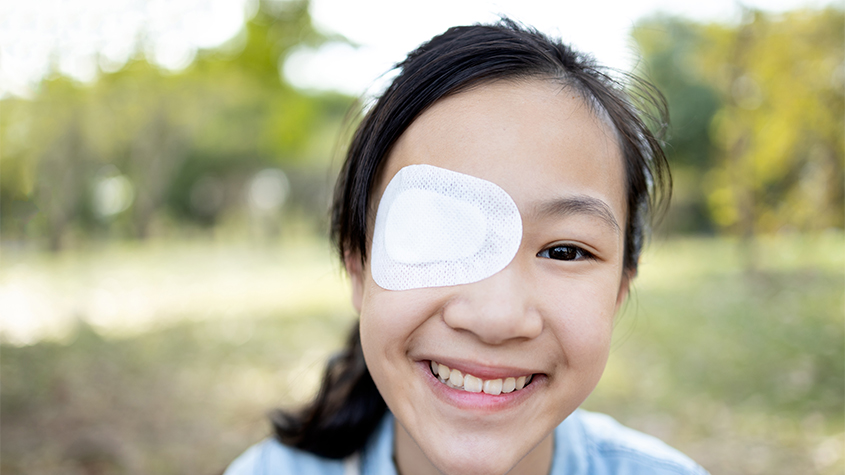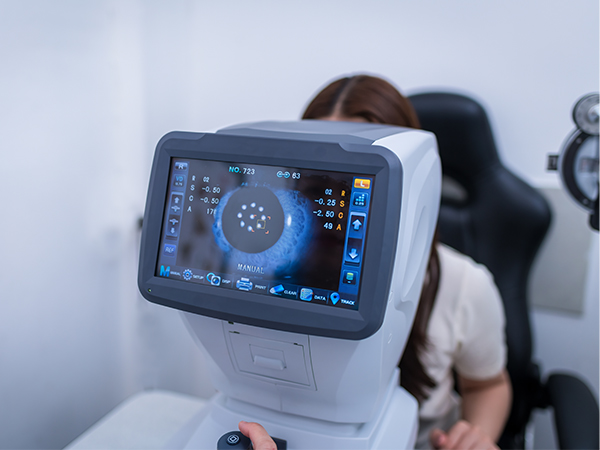About Eye Turns and Lazy Eyes

What Is Strabismus?
Strabismus—often called "crossed eyes" or "wandering eye"—is a condition where the eyes don’t align properly. Instead of working together to focus on the same point, one eye may turn inward, outward, upward, or downward. This misalignment can happen all the time or only occasionally, but even intermittent eye turns can disrupt visual development.
When the eyes aren’t aligned, the brain struggles to combine images from both eyes, which affects depth perception and binocular vision. Over time, the brain may begin to ignore signals from the misaligned eye, which can lead to amblyopia (lazy eye). Strabismus won’t correct itself, and children typically don’t grow out of it. However, with early detection and proper treatment, long-term visual outcomes can greatly improve.
What Is Amblyopia (Lazy Eye)?
Amblyopia occurs when one eye develops weaker vision because the brain has started favoring the stronger eye. This reduced vision isn’t correctable with standard glasses or contact lenses alone and often stems from prolonged visual suppression, especially in cases of untreated strabismus.
Although strabismus and amblyopia can occur separately, they’re commonly linked—and the treatment approach for both conditions often overlaps.
Effective Treatment Options
Vision Therapy
Vision therapy is a non-surgical, customized rehabilitation program that helps retrain the eyes and brain to work together. Through guided exercises using lenses, prisms, filters, and occasionally patching, therapy can improve eye coordination, visual processing, and comfort with daily tasks. One type of strabismus, known as convergence insufficiency, has been shown to respond particularly well to vision therapy—and it's often linked to attention-related challenges like ADD.
Surgical Considerations
Surgery for strabismus addresses the physical positioning of the eye muscles. While it can improve cosmetic alignment, surgery alone doesn’t train the brain to process visual information correctly. In fact, patients may still experience double vision or visual suppression if therapy isn't used post-surgery. Combining surgery with vision therapy often produces the best results by restoring both appearance and visual function.
But I See 20/20—Isn’t That Enough?
Not necessarily. Clear eyesight (20/20) is just one piece of the vision puzzle. True visual function includes skills like eye teaming, focusing, depth perception, tracking, and visual processing. Many individuals with strabismus or amblyopia can still pass a vision screening—but may struggle with tasks like reading, concentration, or hand-eye coordination.
Vision is a learned ability, and with the right guidance, your eyes and brain can work together more efficiently—at any age.





